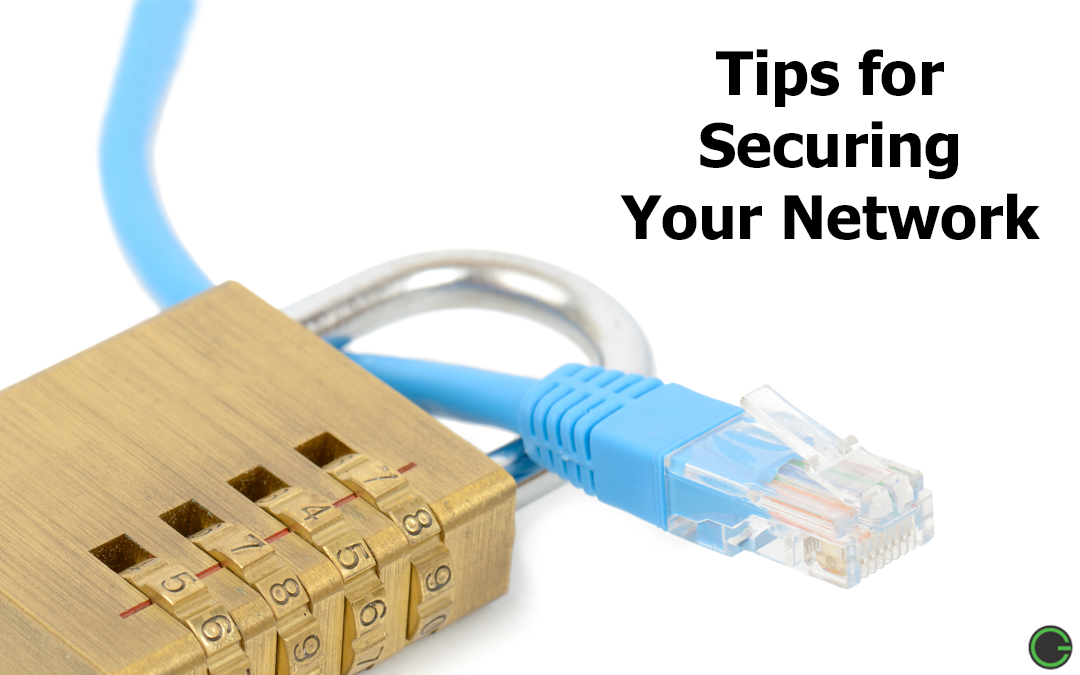Tips For Securing Your Network

Computers are more interconnected today than ever before. While this increased connectivity offers great flexibility and convenience, it also multiplies your risk of data theft. Greater reliance on networked systems makes your company more vulnerable to cyberattacks. Fortunately, there are steps you can take to protect your valuable information.
Enforce a network security policy. You need a formal computer security policy – one that encourages responsible behavior and prohibits high-risk activities. This is something that, according to Symantec, only 10% of companies do. You can, for instance, prohibit employees from opening email attachments from unknown sources, clicking links that aren’t related to company business, or downloading and installing software. Corporate password policy should require strong passwords and force periodic password changes. Setting and enforcing policies that secure your network will go a long way toward protecting it.
Prevent network intrusion. Prohibiting unauthorized access to your computer network is a must. The most secure network implementation is a hardwired connection, since it limits an intruder’s opportunities to break into your LAN by forcing them to physically connect to it. Of course, many companies rely on wireless connections for the convenience they offer. If you go that route, be sure to secure the network with encryption and strong passwords. You can further reduce the risk of intrusion by blocking unauthorized MAC addresses – limiting the devices that can connect to your LAN to those you specifically authorize. Use a firewall to lock down ports and guard against unwanted incoming or outgoing traffic. If you have remote users who need to access folder shares, servers, or services, consider setting up a virtual private network, or VPN. This allows you to share necessary resources with remote employees securely, since all network traffic is encrypted and secured by passwords.
Segment your network. Despite your best efforts, there’s no such thing as being 100% secure. If an attacker is sufficiently determined, he will find a way into your network. Even the best network security policies and intrusion prevention techniques can’t be counted on to prevent every possible attack. Chances are, not everyone in your organization needs access to the same network assets. Segmenting your network prevents you from having a single point of failure – limiting access to sensitive applications, servers, and data to only those who need it. You can segment your network with virtual LANs, or VLANs. Practically all business-class routers have this capability, making it far more challenging for an intruder to locate and gain access to your organization’s most sensitive information.
Don’t put your business at risk by waiting until a data breach occurs to take action. Lock down your network now, and protect your company’s information assets.
